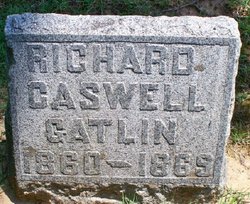It is income tax time again so I
want to follow up my previous post with this question - where do our federal tax
dollars go? Silly question you say. I suspect most of us assume that our
federal taxes go into the Treasury's own bank account and that the Treasury uses
that money to pay federal bills, expenses, benefits, and giveaways. That is
what it looks like on the surface, but looks can be deceiving.
Recall
from my previous post that US dollars are simply federal government IOUs,
redeemable in nothing but other dollars. When the federal government collects
your tax dollars from you, it retrieves from you some of its own IOUs that have
found their way into your pockets. So, let us do a little analogy. You sell me
your old pickup truck for $500, but instead of giving you cash or a check, I
hand you my signed personal IOU for $500. You expect to redeem that IOU later, at
which time I would hand you $500 US dollars and you would hand me back my IOU. My
IOU is worth $500 to you when you have it. What is my IOU worth to you when I
have it? If you said ZERO then you can see where I'm going with this.
So
how about we change this up a little and instead of my giving you $500 US
dollars and taking my IOU back, I hold a gun to your head and simply take my
IOU back? Now in my possession, how much is my IOU worth? Zero because you no
longer have it, and because I cannot owe myself.
My
point is this: an IOU in the hands of the issuer has no value. Thus, a dollar
in the hands of the federal government has no value. It is gone, destroyed, out
of existence. When the federal government takes your tax dollar, that dollar is
gone for good. When the federal government spends, it issues new IOUs (aka:
dollars) and it can issue those IOUs (aka: dollars) in unlimited quantities,
subject of course to Congressional authorization. Federal taxes are unneeded to
pay for federal spending. Income taxes pay for nothing. Payroll taxes pay for
nothing. Inheritance taxes pay for nothing. Gasoline taxes pay for nothing.
Federal tax dollars pay for nothing. They cannot because they are zapped,
destroyed, out of existence as soon as they come into federal possession.
So
then, why does the federal government levy taxes? It has its reasons, but those
are for a later post.
(Oh,
by the way, if you think about what I just said, you should conclude that Social
Security is always solvent and that it can never suffer a shortfall. Again,
that is fodder for another post.)
